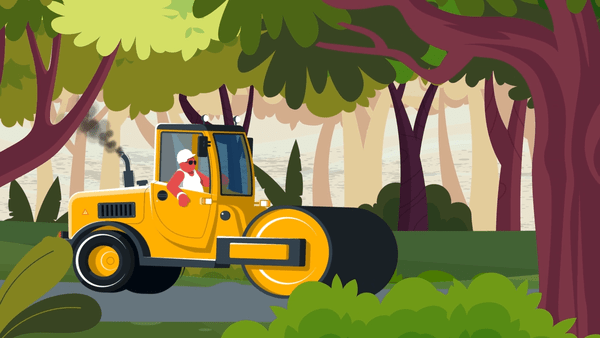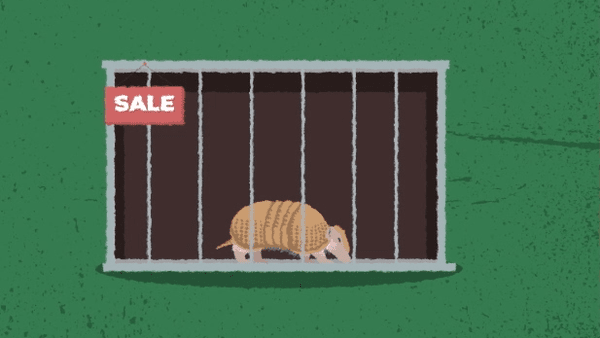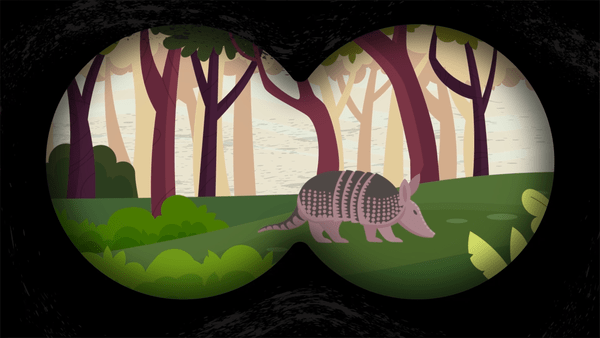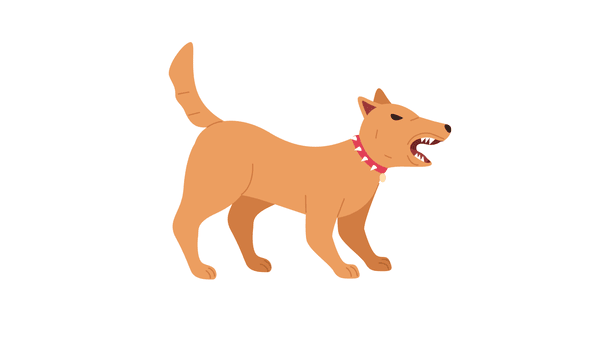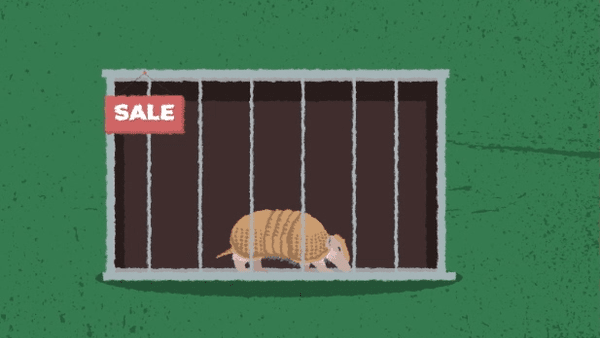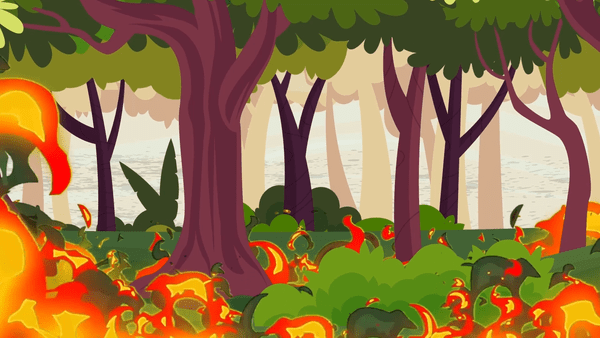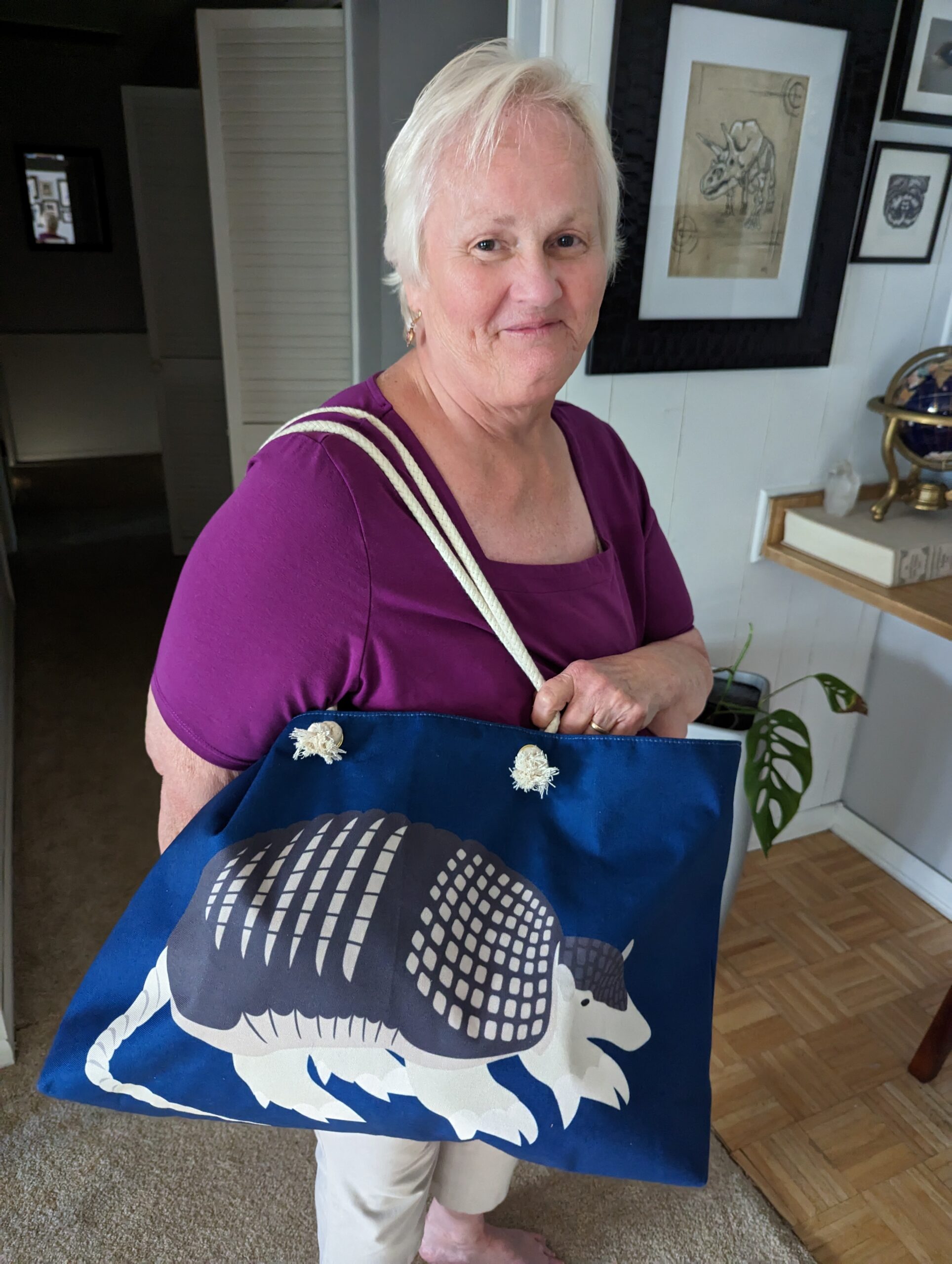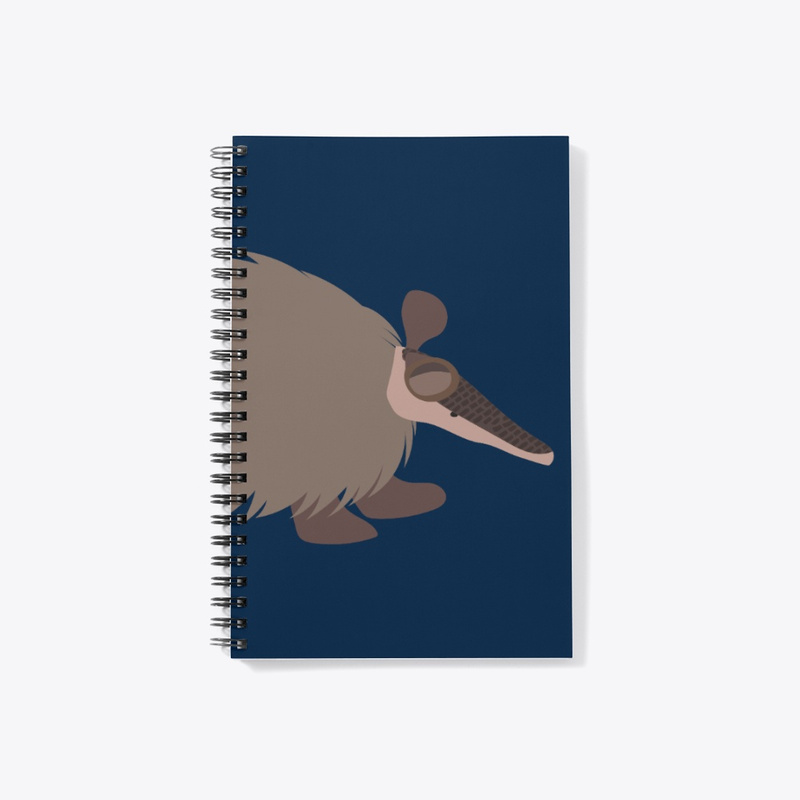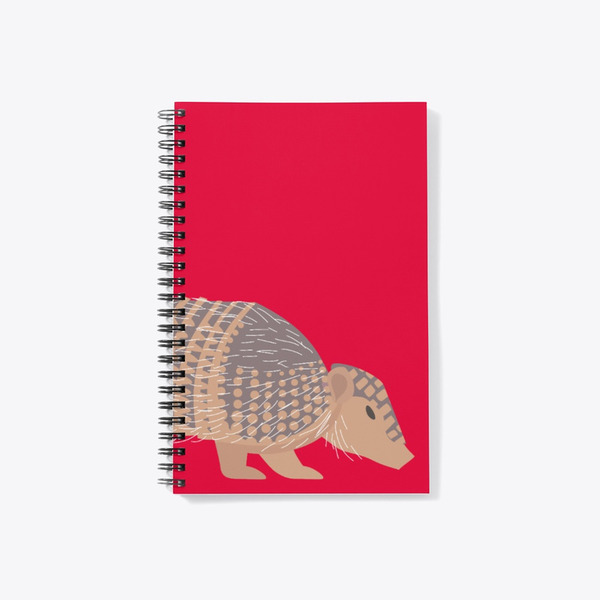
Southern three-banded armadillo
Tolypeutes matacus
Reproduction: Gives birth to a single young per litter and per year
Weight: 1–2 kg
Diet: Opportunistic insectivore, but also plant material such as fruits and seeds
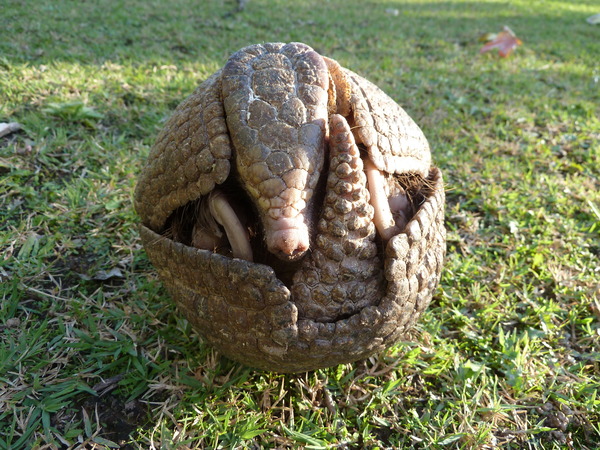
Common Names
English – Southern Three-banded Armadillo; La Plata Three-banded Armadillo
Spanish – Corechi, Mataco Bola, Quirquincho Bola, Tatú Bolita
German – Kugelgürteltier
French – Tatou à trois bandes du Sud
Portuguese – Tatu-Bola
How to Identify:
| Carapace | Rigid |
| Dome-shaped | |
| Sandy-yellow to brown | |
| Moveable bands | 2-4 |
| Tail | Triangular shape that fits perfectly with the triangle head |
| Other characteristics | Three or four clawed toes on the forefeet, with the third claw being the largest |
IUCN Red List
Species are classified into one of nine Red List Categories: Extinct, Extinct in the Wild, Critically Endangered, Endangered, Vulnerable, Near Threatened, Least Concern, Data Deficient and Not Evaluated. Vulnerable, Endangered and Critically Endangered species are considered to be threatened with extinction.

Southern three-banded armadillo Facts
• Newborns are miniature versions of the adults, with fully developed and hardened claws, and a flexible carapace with a leathery texture.
• Newborns can walk and roll into a ball soon after birth, open their eyes at about 3 weeks of age, and are weaned after 2.5 months.
• Three-banded armadillos are the only species that can roll up into a perfect ball. Predators can’t open this. They can leave a small gap between the edges of its carapace open; when the predator inserts its claw or snout, they quickly snap shut.
• Spends more time aboveground than other armadillo species
• Walks on the tips of its front claws
Habitat
- Savannah
- Shrubland
 Population Trend
Population Trend
• Decreasing
 Threats
Threats
- Habitat loss
- Hunting (food)
- Pet trade (many die during shipping)
Here are some ways YOU can help keep armadillos healthy and safe:
– It is best to observe them from a distance and in silence.
– Our pets could attack them. It is important to keep your dog on a leash when you go for a walk, or keep your pets at home in an enclosed and safe area. In addition, taking care of our pets also means spaying and neutering them so that they do not breed without control.
– Another way to help protect the areas where armadillos live is by not starting fires.
– Armadillos love to live in nature, keeping them as pets is not good for them. Keep in mind that they don’t like selfies either.
– If you find an injured armadillo, contact a wildlife hospital so they can help it.
– Deforestation is often caused to make more land for livestock. Eating less meat may help save our forests.
Test your new knowledge!
Test your new armadillo expertise by visiting our armadillo word search, puzzles, coloring sheets and name games!
Check out this video to see how much you have learned!
The Anteater, Sloth, Armadillo Specialist Group has a store that directly helps xenarthran conservation!

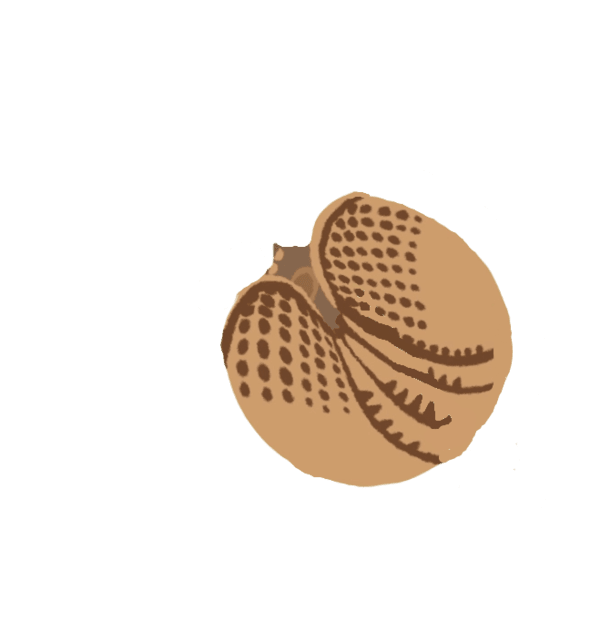
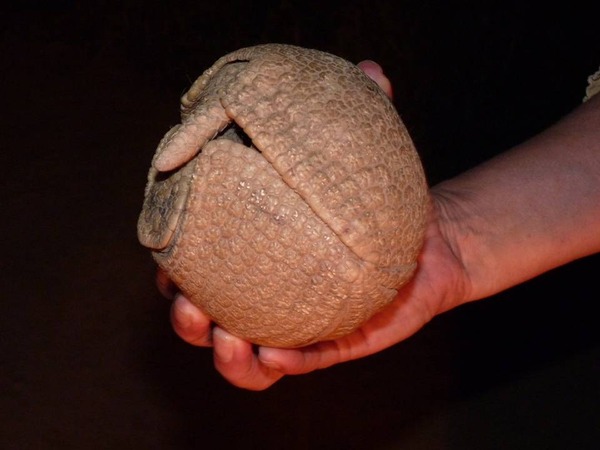

 Population Trend
Population Trend Threats
Threats